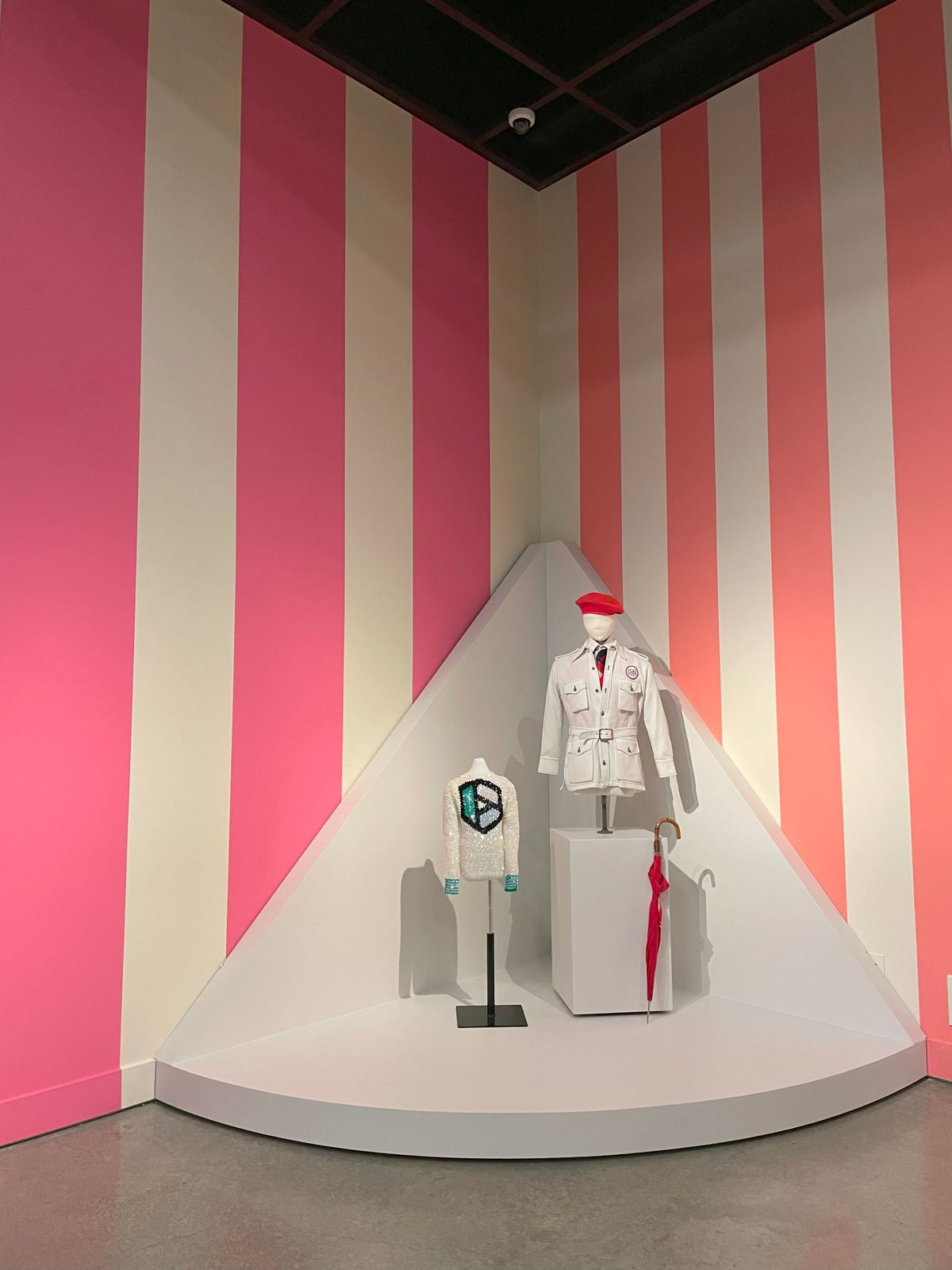‘It Happened Here’: MAC digs up expansive Expo ‘74 archives, artifacts, memories to share with public

When the World’s Fair in Spokane shuttered in November 1974, archivists quickly packed up 246 boxes from the corporate Pavilion offices and archived them within what was then called the Cheney Cowles Museum.
That expansive archive, the largest collection of Expo ’74 artifacts and memorabilia, still resides inside the current Northwest Museum of Arts and Culture. And now the museum is giving visitors a small peek into the vast collection via “It Happened Here: Expo ‘74 Fifty Years After.”
“This is something we’ve been working on for years,” MAC executive director Wes Jessup said. “We have more material here than anywhere.”
The exhibit, which opened Saturday and runs through Jan. 26, is curated by Anna Harbine, the Johnston-Fix curator of archives and special collections at the MAC.
Most of the exhibit is from the corporate archives, but some items are from private collectors, KXLY film reels and even the Soviet Union.
In May of that year, USSR officials and President Nixon had signed an environmental accord, but many U.S. citizens still felt a distaste for the country amid the beginnings of the Cold War. The USSR’s participation marked the first time since the New York World’s Fair in 1940 that Soviets had an exhibit on U.S. soil.
USSR Pavilion workers gifted a Matryoshka doll to the Cheney Cowles Museum after they explained there were very few places in Spokane they felt welcome outside of their hotel rooms, Harbine said.
Other museum highlights include a U.S. Pavilion worker outfit, a hard hat, press pass, adult day pass, a scarf and even a denim, fur and sequined outfit that Liberace donned during one of his Expo performances.
“There’s lots of sequins in this space,” Harbine said.
An enclosed cabin from Expo’s original gondola ride is central to the space, while museum designers crafted a sort of “wayfinder,” pointing attendees in different directions.
“We wanted to play with iconography … and make it feel a little like a fair in here,” Harbine said.
A poisoned pen letter collection showcases people’s reaction to President Nixon’s planned visit during the Watergate scandal.
“The poisoned pen collection is full of letters as to whether Nixon should open the fair or not,” Harbine said.
Some writers were ardent protectors of Nixon. A Seattle resident, for example, wrote: “We as a family looked forward to an interesting and fun trip to your World’s Fair. However, now that you are allowing an anti-Nixon hate rally to take over, we intend to boycott your fair along with many of our friends and relatives.”
A room beside the exhibit showcases silent films about the Expo, which will conclude in early September, as the rest of the exhibit remains.
As part of the exhibit, the MAC is asking Expo ’74-goers to submit their stories and photos as part of a memory share project. People can submit their memories at https://expo74memoryshare.northwestmuseum.org/.
“All their memories become part of our permanent collection here,” said Marit Fischer, the MAC chief marketing officer.
The museum plans to take the website submissions and display them on iPad as part of the show.
“Our exhibit is running well past the city celebration,” Harbine said.
While the original Expo ran until Nov. 3, the MAC’s exhibit runs through Jan. 26.
“It is a fun and vibrant exhibition that welcomes everyone in to celebrate the fair and its place in our city’s shared history,” Harbine said.